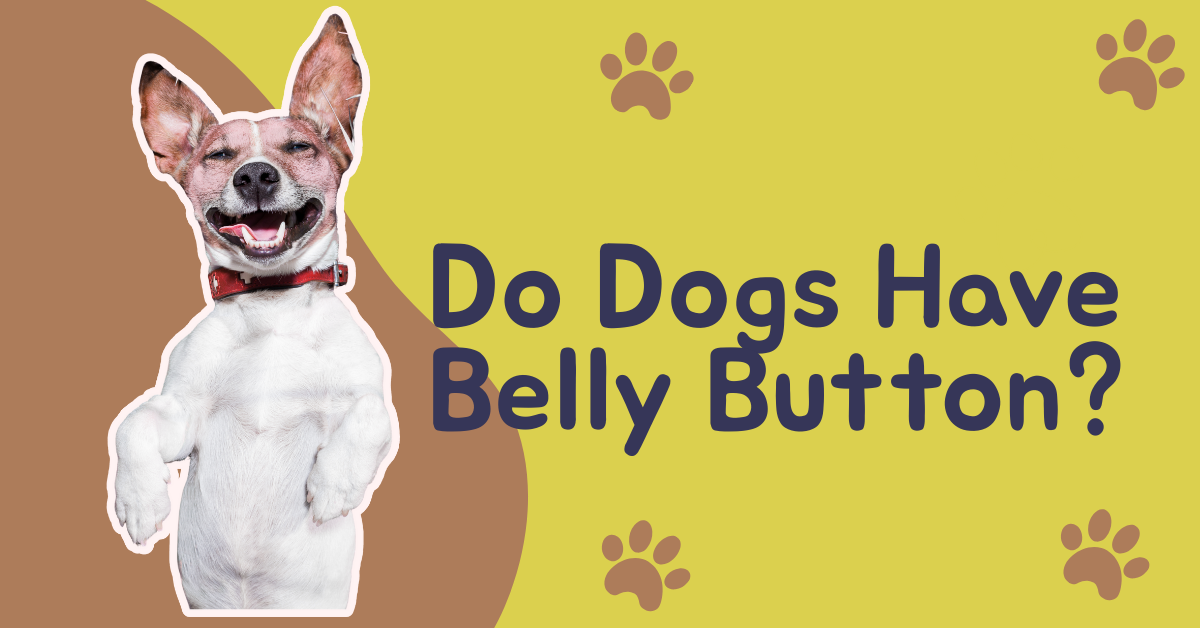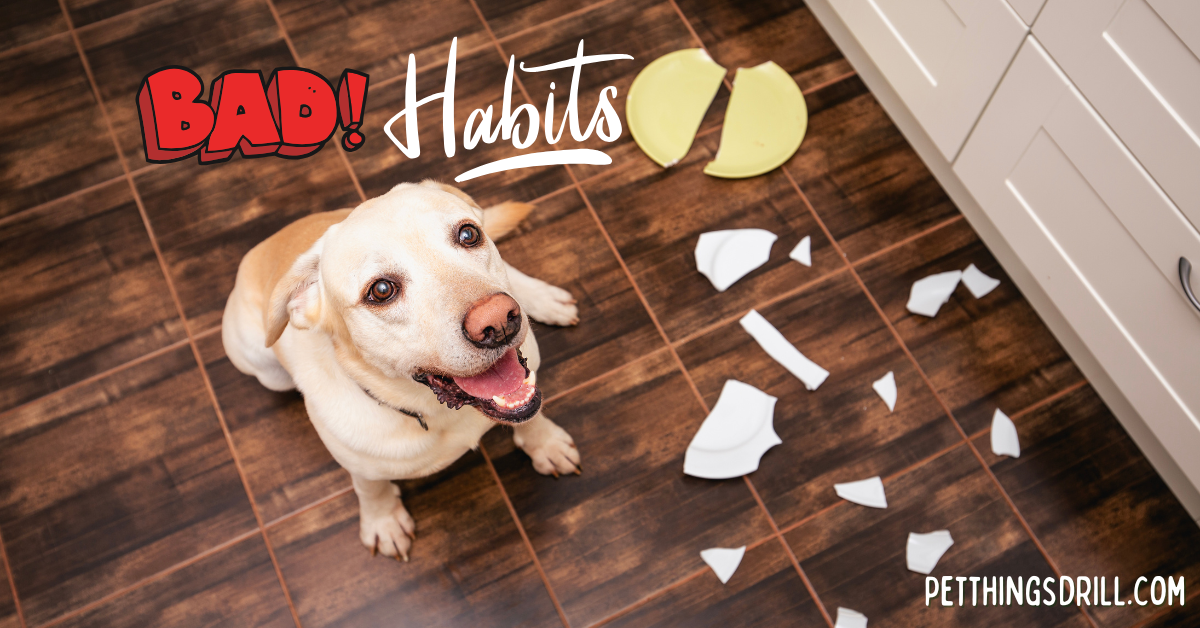

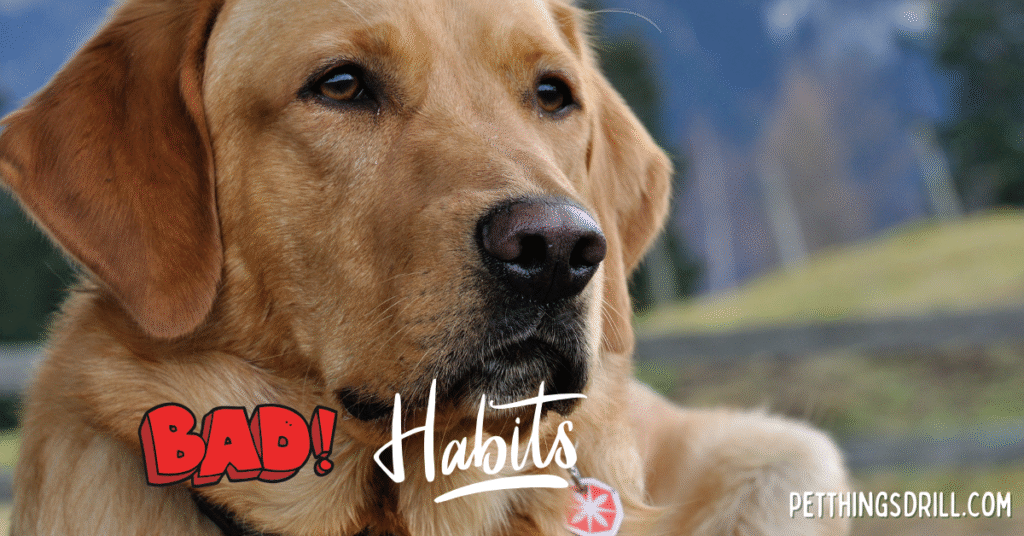
How to break bad habits in dogs? Dogs are creatures of habit. With the right and positive training, dogs can coexist peacefully with their owners. Although canines are fairly easy to handle, some bad habits can cause problems in the household and make living situations difficult. In this article, I have shared 12 bad habits in a dog and easy ways for dog behavior modification that not only keep peace in your house but also save you from costly training sessions. Follow these points to improve your canine’s behaviour effortlessly.
Possible reasons behind aggressive behavior in dogs:
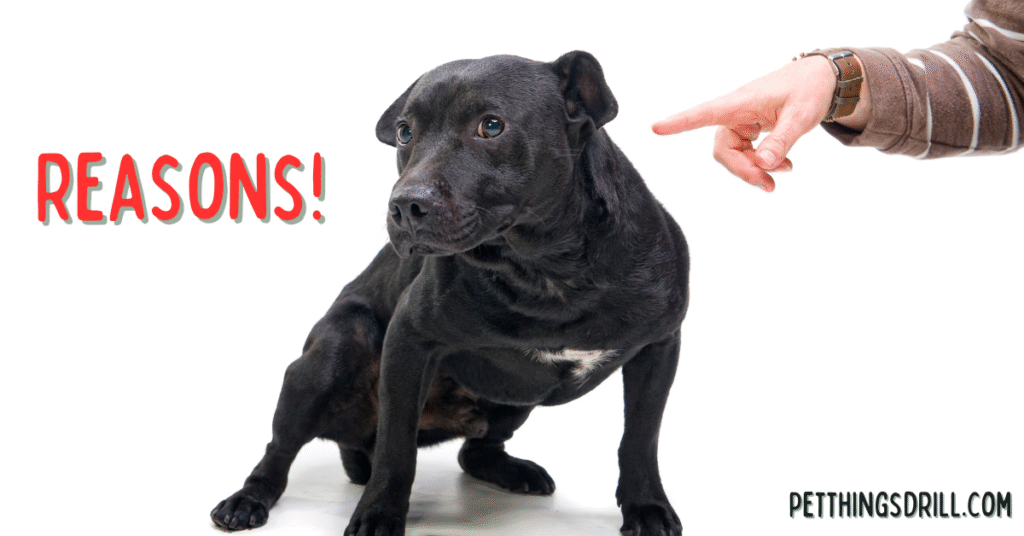
There are many reasons why you see bad dog habits. Therefore, it is important to understand all the triggers behind your dog behaving irregularly and showing forms of aggression. The following are some of the signs of hostility in ways to rectify it.
Excessive barking: how to stop bad behavior in puppies
Barking at every sound, person, or movement can become disruptive. The habit of indicates that a dog is feeling anxious, bored, or overly protective of its territory. Some canines bark to seek attention, whereas others do it out of excitement or frustration. Curbing your dog means teaching them to control this excessive barking through patience, positive reinforcement, and identifying what triggers their behavior
Dog behavior modification:
For those wondering: “Why is my dog acting out?” In order to correct the issue, you need to first identify what triggers your dog’s barking. Sometimes it’s because of strangers, animals, or certain noises. Once you get hold of the cause, eliminating it becomes easier. Work on desensitising your dog by gradually exposing them to the trigger. Positive reinforcement and consistent training keep your dog mentally and physically engaged, and therefore help in the reduction of barking
Chewing on furniture/shoes:
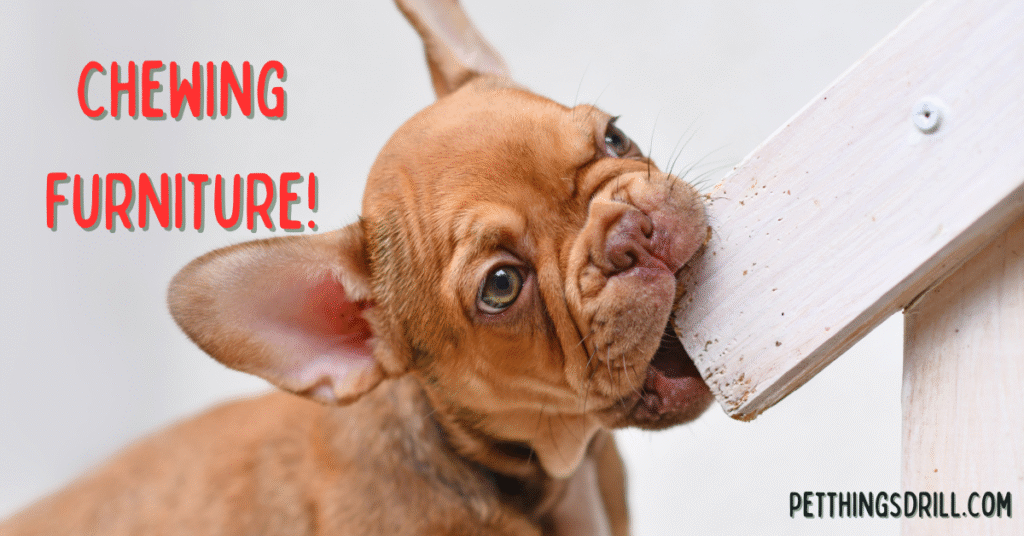
Chewing on furniture or shoes is a common issue, especially in puppies who are exploring their environment. It offers a soothing effect when the discomfort of teasing occurs. However, adult dogs may also chew due to boredom, anxiety, and lack of proper outlets for their energy.
How to stop the dog from chewing furniture?
If you want to manage this habit, provide plenty of chew toys and save bones to redirect their chewing. Ensure your dog gets physical exercise and mental stimulation each day to prevent restlessness.
Jumping on people:
Jumping on humans is a common way for a dog to show excitement. It is also a way for dogs to seek attention from their owners. If the habit continues, it can become dangerous, especially for elderly people and children. It is their form of greeting someone with zeal and enthusiasm.
How to stop the canine?
Avoid giving attention when your dog jumps—turn away or step back instead. Only reward and give affection when all four paws are on the ground. Teaching commands like “sit” or “stay” when greeting guests can also help redirect their excitement into calm, polite behavior over time.
Pulling on the leash:
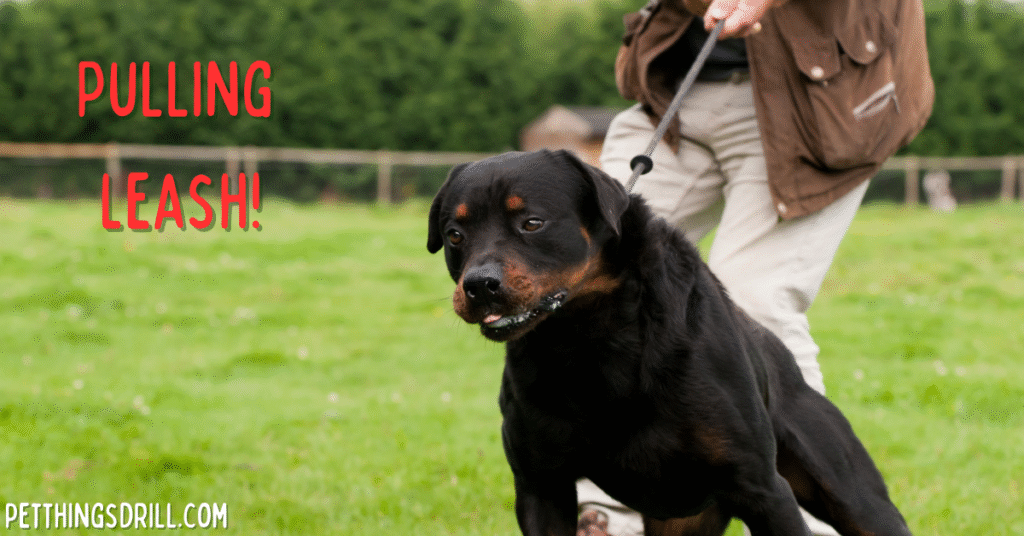
It is another strange aggression a dog shows, which can be problematic for dog owners. The two likelihoods are when the dog is either curious or the owner has not learned proper walking manners. Moreover, it makes walks stressful and can hurt both the dog and the owner.
Ways to prevent:
To prevent the issue, try to go for leash training in a calm environment. Ensure the dog has no distractions when it is being trained, as it can prolong the duration and might not yield the result you are hoping for. Use a shorter leash, and when your dog starts pulling the leash, stop walking. Offer rewards like treats and praise when the dog moves calmly.
Begging for food:
The behavior starts innocently, and owners give in to those bleeding eyes during meal time. However, it can quickly turn into an undesirable habit. Canines learned that whining or staring at the table results in tasty treats. Therefore, they keep on repeating the habit; if you don’t fix the issue, it can quickly turn into severe hesitation for both the owner and the dog itself. The restlessness can turn into major or minor accidents at home, especially when the food serving time approaches.
How to avoid begging in dogs?
How to break bad habits in dogs? Avoid feeding your dog at the table or sharing human foods with them. Although your intention for serving them is good, the human food is good, but the dogs interpreted it completely in a different way. Establish a routine where your dog eats at separate times or in different areas. Reward calm behaviour away from the dining area and ensure they’re getting enough nutrition from their own meals. Consistent self-control from the owner is the key to stopping the tendency in dogs.
Separation anxiety behaviors:
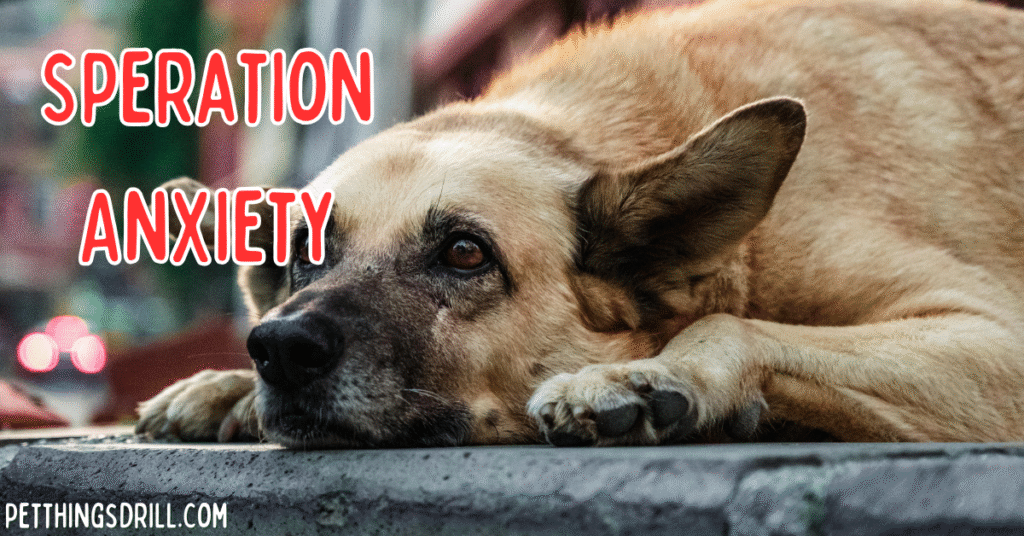
Just like human babies, dogs can also get overly attached and obsessed with their owners. As soon as a pet parent goes out to work, the dog starts feeling stressed or panicked almost instantly. Being left alone away from their owners makes the dog extremely frustrated, and common signs of this frustration include whining, barking, destructive chewing, scratching at doors, howling, and having accidents inside the house. If left and treated, the fear of abandonment becomes apparent and can affect the relationship between a dog in its owner greatly.
How to prevent it?
To help your dog cope with the situation first, you need to start by leaving them alone for short periods and gradually increase the time as they get used to it. Offer them comfort, objects like their favourite toy. Calming music, or any item that has your scent, can also reduce this stress. Patience is the virtue in this situation, and constant training creates a safe space for dogs, and they start feeling secure even when you’re away.
Resource guarding:
It doesn’t take long for dogs to become possessive over items like food, twice, even people. Growling or snapping is one of the signs of resource guarding, as it helps the dogs to protect what they see as theirs. This mannerism often stems from fear of losing a valued resource.
Training tips against resource guarding:
How to break bad habits in dogs? punishing your dog every time it shows signs of resource guarding because it can increase your anxiety and aggression levels. Rather, teach them that sharing leads to positive outcomes by practising trade games. For instance, offer them a treat or another special toy in exchange for the guarded item. Positive reinforcement and desensitisation help your canine feel more relaxed. It also helps your dog build trust in you and other family members.
House soiling:
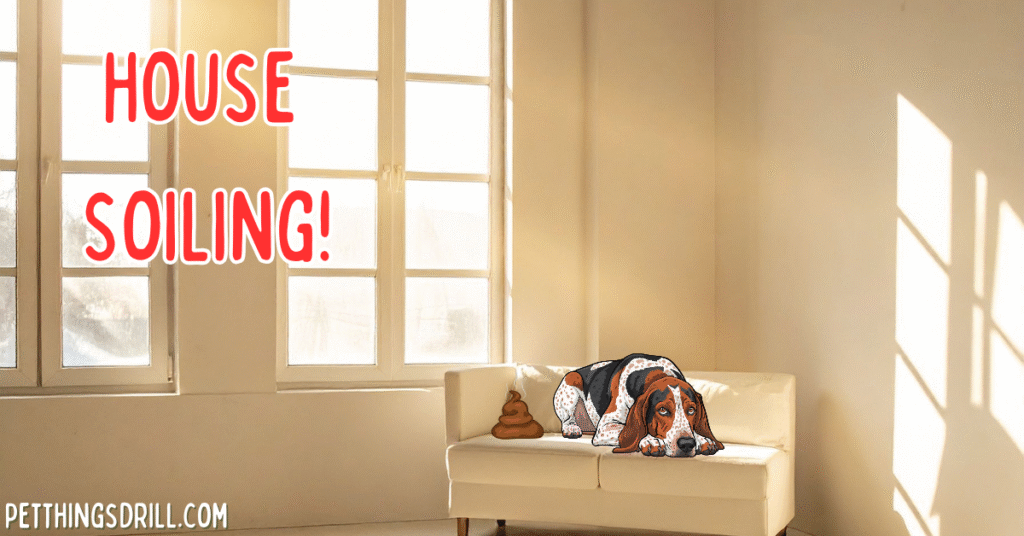
The issue arises when a dog defecates or urinates indoors. This reflects when the dog’s house training is incomplete. It could also happen due to an underlying medical issue. Puppies may take time to learn where it is appropriate to relieve themselves. On the other hand, adult dogs might regress due to stress or a change in their environment..
Best guiding tips:
To correct this behavior, establish a consistent bathroom routine and reward your dog immediately after they go outside. Supervise them indoors and limit access to certain areas until they’re fully trained. If the issue persists, rule out medical causes with a vet check-up. Patience, consistency, and positive reinforcement are essential for helping your dog develop proper bathroom habits.
Conclusion:
Dogs who are undertrained or spoiled by their owners start showing signs of bad habits almost instantly. Although we as owners can have these habits, it gets extremely off-putting when you visit someplace with your canine. In this article, I have taught you how to break bad habits in dogs with slide efforts. These preventative measures will not only correct the behaviours but also strengthen your connection with your canine.

